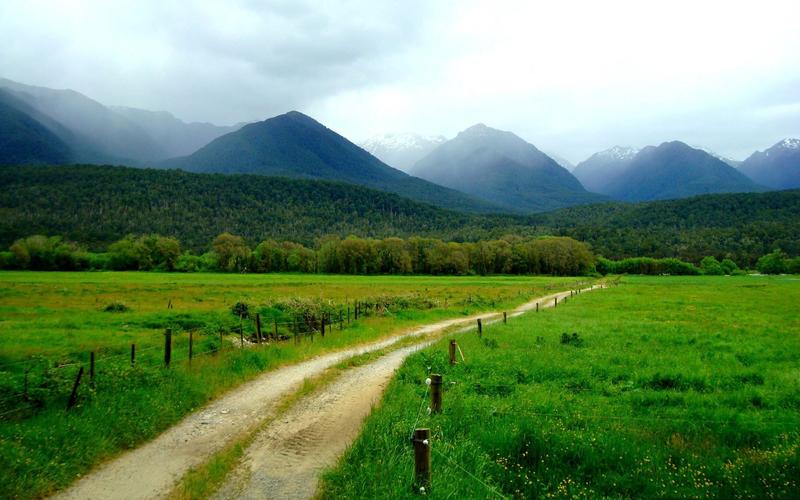Exploring the Impact of Climate Change on the Vulnerability of Cultural Heritage
Cultural heritage is a reflection of a society’s identity, history, and traditions. It plays a crucial role in shaping the cultural landscape of a region and contributes to the social and economic development of a community. However, cultural heritage sites are increasingly at risk due to the impact of climate change.
The effects of climate change, such as rising sea levels, floods, and extreme weather events, have amplified the vulnerability of cultural heritage sites, leading to deterioration of architectural structures, loss of historic artifacts, and deterioration of cultural landscapes.
One of the most significant impacts of climate change is coastal erosion, which is bearing down on numerous cultural heritage sites worldwide. Coastal erosion can lead to the loss of entire heritage sites in low-lying areas, including archaeological sites, structures, and cultural landscapes.
Moreover, climate change also impacts the preservation of historic artifacts that are housed in cultural heritage sites. Changes in temperature and humidity levels, which are caused by climate change, can cause rapid deterioration of artifacts and even lead to their complete destruction.
For example, the ancient ruins of Petra in Jordan, a UNESCO World Heritage Site, are facing the threat of desertification as a result of increasing temperatures and changes in precipitation patterns. The site has already experienced significant erosion due to flash floods and is further threatened by the impact of climate change.
In addition, cultural landscapes, such as agricultural landscapes, are at risk of being destroyed due to changes in the environment caused by climate change. Many traditional farming practices that have been passed down through the generations are no longer suited to the changes in temperature and rainfall patterns, leading to the loss of cultural landscapes that are vital for the preservation of cultural heritage.
To combat the impacts of climate change on cultural heritage, conservation organizations and government agencies are taking necessary action to protect the sites. These include installing barriers and seawalls to prevent coastal erosion, providing better preservation and management techniques for historic artifacts, and adapting traditional farming practices to the changing climate.
In conclusion, the impacts of climate change on cultural heritage sites present a significant challenge to the preservation of historic and cultural landmarks worldwide. The steps taken by conservation organizations and government agencies are vital in ensuring that these sites and cultural landscapes continue to thrive in the face of adversity. By doing so, we preserve our shared heritage and continue to celebrate the rich cultural diversity of our world.
(Note: Do you have knowledge or insights to share? Unlock new opportunities and expand your reach by joining our authors team. Click Registration to join us and share your expertise with our readers.)
Speech tips:
Please note that any statements involving politics will not be approved.
